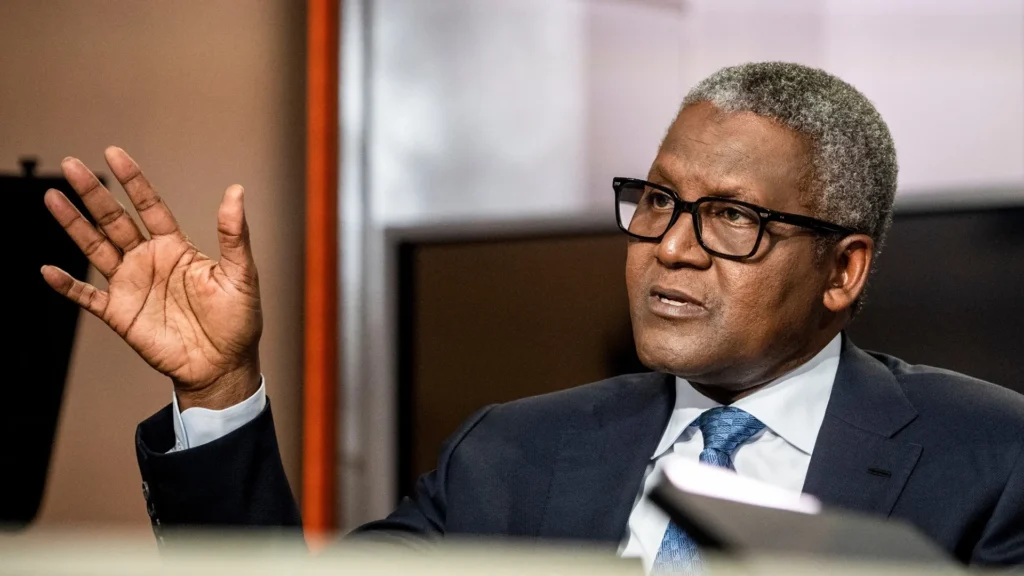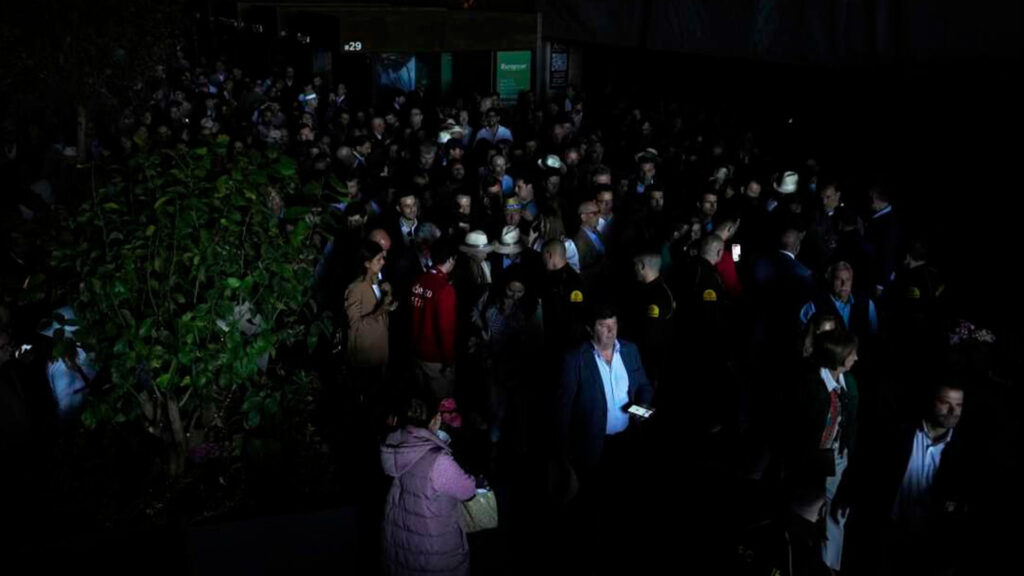Nigeria’s Dangote Group is preparing a sizeable push into Zimbabwe, with plans for up to $1 billion in projects spanning energy logistics, cement, fertilizers, and mining, according to local reporting confirmed by regional supply‑chain moves.
Zimbabwean outlets say the parties have signed an investment framework outlining priority sectors and next steps, with details expected from Harare in the coming weeks.
Highlights
- Ticket size: Up to $1 billion in multi‑sector projects tied to industrialisation and energy security.
- Where the value sits: Proposed investments include cement capacity, fertilizer production, mining, and fuel logistics, including a Walvis Bay–to–Zimbabwe pipeline concept.
- Regional fit: Dangote is expanding its refining and downstream footprint across Southern Africa; a new Namibia storage hub positions supply into land‑linked markets like Zimbabwe.
- Capacity backdrop: The Dangote Petroleum Refinery (Lagos) is targeting an expansion path beyond its 650,000 bpd base, underscoring the group’s long‑cycle energy ambitions.
- Next milestones: Site selection, environmental approvals, financing structures, and implementation timelines from ZIDA and line ministries.
What Happened
Dangote Group and Zimbabwean authorities have formalised an investment understanding covering multiple sectors, with implementation memoranda and permitting to follow. The reporting points to fuel logistics (including a prospective pipeline link from Walvis Bay), cement capacity, fertilizer manufacturing, and select mining plays as the first wave.
“We have just signed an agreement between Zimbabwe and the Dangote Group to do various investments in various sectors some of which are of course cement, power generation and a pipeline to bring petroleum products,” Dangote told reporters in Harare.
This Zimbabwe push tracks with Dangote’s regional build‑out. The group recently backed a storage‑tank operation in Namibia (a logistical beachhead to serve Southern Africa’s inland demand) and has been signalling higher downstream throughput as its Lagos complex scales.
Strategic Rationale: Why Zimbabwe, Why Now
Energy security and import substitution. Zimbabwe is heavily reliant on imported refined fuels. A logistics corridor anchored on Walvis Bay with inland pipeline delivery would shorten ton‑miles and reduce road‑tanker exposure, lowering leakages and improving supply resilience. A local stake by a regional refiner adds optionality on pricing and scheduling.
Cement, infra, and housing demand. New cement capacity would support public works, mining projects, and housing—sectors with counter‑cyclical policy attention. Zimbabwe remains supply‑constrained in periods of peak build; additional capacity increases competition and stabilises pricing.
Fertilizer as food‑security policy. A domestic fertilizer platform helps insulate farmers from FX swings and logistics delays, improving yields and rural incomes; it also unlocks export‑adjacent opportunities into SADC.
Deal Contours (What We Know, What’s Pending)
- Structure: Initial framework/MoU signed; binding project agreements to follow by asset. Expect a phased capex plan with local JV elements.
- Capital stack: Mix of sponsor equity, project finance, potential sovereign/DFI participation, and off‑take‑linked structures for fertilizer and fuel.
- Regulatory pathway: ZIDA one‑stop approvals, EIA clearances, and sector licensing (energy, mining, manufacturing). Early clarity on land access and right‑of‑way will be pivotal.
Industry Insights: How This Could Reshape the Map
Energy logistics & power adjacency
A Walvis–Zimbabwe artery could catalyse storage, metering, and pumping stations plus a truck‑to‑rail rebalance inland—spawning procurement for pumps, valves, SCADA, cathodic protection, and emergency response. Power needs (and losses) along the line create IPP/embedded power opportunities.
Cement competitiveness
Added capacity typically normalises margins and pushes operational excellence—kiln efficiency, alternative fuels, and logistics optimisation. Expect a stronger quarry‑to‑plant‑to‑market integration race.
Fertilizer value chain
Localised granulation/blending with smart distribution unlocks input‑financing models for smallholders and index insurance tie‑ins—areas where blended finance and ag‑tech can crowd in private capital.
Risks & Realities to Underwrite
- FX and repatriation: Zimbabwe’s FX liquidity and convertibility are structural constraints for large sponsors. Clear FX frameworks and offshore escrow mechanisms will matter for bankability.
- Permits and land access: EIA timelines, right‑of‑way, and community compacts are on the critical path.
- Execution bandwidth: Multi‑asset sequencing strains local EPC and specialist trades capacity—expect international contractors with local content obligations.
- Sponsor risk: Ratings agencies have flagged liquidity pressure at the conglomerate level in the past; project‑level ring‑fencing and conservative debt service reserves are best practice.
What to Watch Next (90–180 Days)
- Government gazettes on project approvals and incentives via ZIDA.
- EIA filings and stakeholder engagement schedules for pipeline and plant sites.
- Financing mandates (MLAs, advisors) and procurement pre‑quals for EPC/LSTK packages.
- Logistics build‑out at Walvis Bay storage and inland depots; integration milestones.
- Cross‑border MOUs (Namibia–Zimbabwe) on pipeline rights and tariffing.
Africa‑First Lens: Regional Corridors, Not Isolated Assets
If executed, this play links West African refining capacity to Southern African demand through a Namibia–Zimbabwe corridor, with spillovers for Botswana, Zambia, and Mozambique. The investable themes for regional firms: tankage and terminals, metering & automation, rail refurbishment, haulage, civil works, and maintenance‑as‑a‑service contracts.


